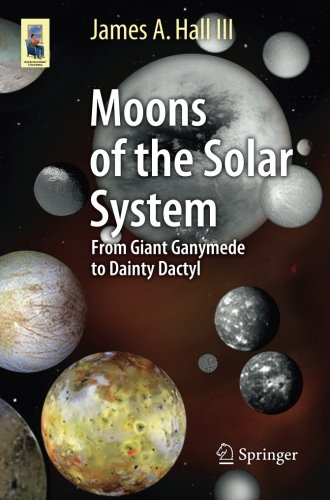

Most ebook files are in PDF format, so you can easily read them using various software such as Foxit Reader or directly on the Google Chrome browser.
Some ebook files are released by publishers in other formats such as .awz, .mobi, .epub, .fb2, etc. You may need to install specific software to read these formats on mobile/PC, such as Calibre.
Please read the tutorial at this link: https://ebookbell.com/faq
We offer FREE conversion to the popular formats you request; however, this may take some time. Therefore, right after payment, please email us, and we will try to provide the service as quickly as possible.
For some exceptional file formats or broken links (if any), please refrain from opening any disputes. Instead, email us first, and we will try to assist within a maximum of 6 hours.
EbookBell Team

4.7
96 reviewsThis book captures the complex world of planetary moons, which are more diverse than Earth's sole satellite might lead you to believe. New missions continue to find more of these planetary satellites, making an up to date guide more necessary than ever. Why do Mercury and Venus have no moons at all? Earth's Moon, of course, is covered in the book with highly detailed maps. Then we move outward to the moons of Mars, then on to many of the more notable asteroid moons, and finally to a list of less-notable ones.
All the major moons of the gas giant planets are covered in great detail, while the lesser-known satellites of these worlds are also touched on. Readers will learn of the remarkable trans-Neptunian Objects – Pluto, Eris, Sedna, Quaoar –including many of those that have been given scant attention in the literature. More than just objects to read about, the planets' satellites provide us with important information about the history of the solar system. Projects to help us learn more about the moons are included throughout the book. Most amateur astronomers can name some of the more prominent moons in the solar system, but few are intimately familiar with the full variety that exists in our backyard: 146 and counting. As our understanding of the many bodies in our solar system broadens, this is an invaluable tour of our expanding knowledge of the moons both near and far.